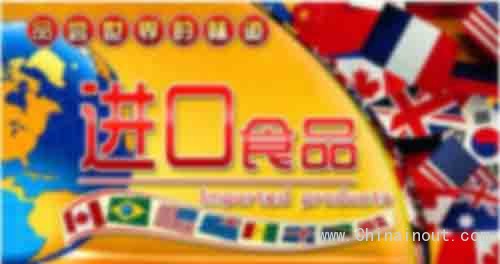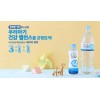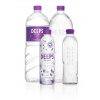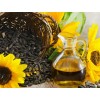
2014年09月22日 中國經濟網
2014年食品行業(yè)趨勢發(fā)布會今(19)日在成都舉行,記者在發(fā)布現場獲悉,中國未來進口食品市場將保持高速增長,預計到2018年將達到5258億元。
“80后、90后成為進口食品的消費主體。”北大縱橫管理咨詢有限公司高級副總裁劉慶韜介紹說,這一人群對互聯網的使用使他們對信息有著充分的掌握,進口食品的“安全”、“時尚”能滿足他們對食品的消費心理,逐步成為消費的主力軍。
目前,我國食品進口類別主要是食用植物油、糧食及其制品、乳及其制品,占食品總進口規(guī)模的一半。在我國質檢總局注冊登記的進口食品境外生產企業(yè)達69959家。
調查顯示,絕大部分人選擇購買進口食品或將來可能購買,在消費能力上,每個月花費100-300元的比例最高,達到32%,受訪者更傾向于來自歐盟、美國、加拿大、澳大利亞和新西蘭的食品。主要親睞乳制品、休閑食品和洋酒等,在購買進口食品時,排在前三位考慮的是質量安全、口感味道和價格,主要從超市、電商和海外自購等渠道購買,受訪者主要通過在賣場、朋友推薦和網絡廣告獲得進口食品信息。
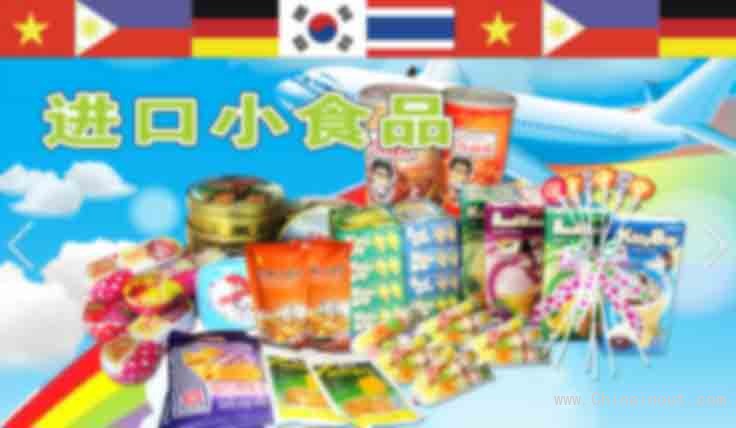
“安全、質量有保證和價格高是中國消費者對進口食品的主要印象”劉慶韜說,在未來,中高端人群主導消費,整個市場也會逐步向二三線城市擴展。
從現狀來看,進口食品行業(yè)的集中度較小,大中型企業(yè)較少,市場處于自然式增長的狀態(tài),屬于高度分散的自由競爭市場。由于進口國外食品,必須達到一定的數量定額才能完成,組貨業(yè)務和中間商服務的角色在未來發(fā)展中將會大有作為。(中國進出口網轉載自中國經濟網)
Sept. 22, 2014
The 2014 food industry trend conference was held in Chengdu on Sept. 19. The reporter got the news on the site that China's future imported food market will maintain rapid growth and is expected to reach 525.8 billion yuan in 2018.
“The 80-generations and 90-generations are the main consumers of imported food. ” Liu Qingtao, Senior Vice President in PKU Management Consulting Co., Ltd. said. These young prople have a full grasp of the information with the use of Internet. The quality of imported food can meet their demand for the "security" and "fashion"about the food, so they gradually become the main force of imported foods consumption.
At present, China's food imports are mainly edible vegetable oil, grain and its products, milk and its products, accounting for half of total food imports scale. Almost 69,959 foreign food manufactures registered in General Administration of Quality Supervision, Inspection and Quarantine of the People’s Republic of China.
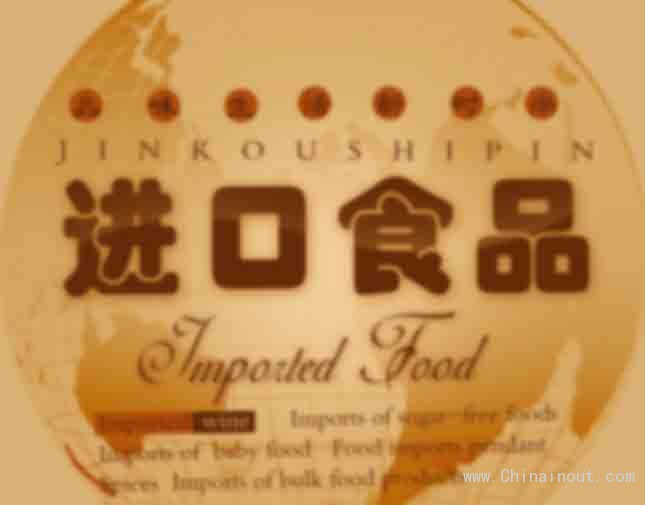
Survey shows that most people choose to buy imported food or in the future may purchase imported foods. According to their spending power, the highest percentage of 100-300 yuan per month was spent on imported foods, reaching 32 percent. Respondents were more inclined to buy foods imported from the European unio, the United States, Canada, food in Australia and New Zealand. The main products they prefer are dairy products, snack foods and wine, etc. When buying imported food, the top three considerations are safety and quality, taste and price. They minly buy imported products from supermarkets, e-commerce providers or from overseas directly. Respondents mainly get imported food information through the store, a friend or online advertising.
“Safety, quality assurance and the high price are the main impressions of the Chinese consumer for imported foods, ” Liu Qingtao noted. In the future, the high-end consumers will lead the consumption trend of imported foods while the whole market will be gradually extended to the second and third tier cities in China.
